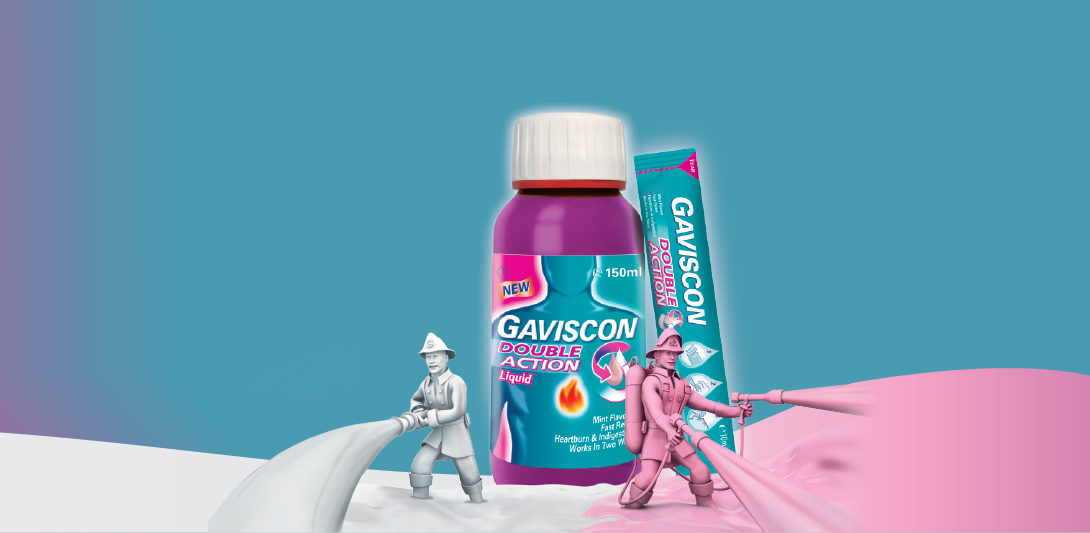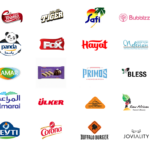As the Eid holiday passes us by (sorry for those that didn’t get it off), so do the days where many of us may suffer heartburn from our mothers’, aunts’ and grandmas’ buffet table.
Gaviscon, a worldwide heartburn medicine provider, has taken up the challenge to help provide relief to the family members in discomfort. To reach out to a public that seems to not enjoy its hefty price tag (Gaviscon being more expensive than more popular options in the market), Gaviscon reached out to influencers to help spread the word.
https://www.instagram.com/p/BYlqY70FoCS/
- Advertisement -
Some posts, such as Ali Ghozlan’s, were copied and posted onto other social media profiles and pages. Most notably, at least 2 pharmacies have copied an influencer’s status and created their own design for their Facebook pages.
Unfortunately for the company, it didn’t go over well with some netizens.
Many took to social media to complain and make fun of the medicine provider and the influencer posts.
ده الناس اللي عاملة كامبين جافيسكون تجيب حموضة لوحدها 😂😂
— 千ㄖ几ᗪㄖ (@fondo81) September 6, 2017
https://twitter.com/Ali_AbouTabl/status/904889171474558977
Content marketing and medicine mix, but only if done right
Gavison had the right idea, unfortunately, with weak execution.
Content marketing and medicine go hand in hand. Content marketing focuses on bringing humanity to social media, which is exactly what medical companies and facilities need, influencer marketing also enforces the same thing.
So why did Gavison’s influencer tactics get such bad reception?
A weak guiding hand
The major issue with Gavison’s influencer posts is that the influencers lost their strongest asset, their humanity and uniqueness.
Most of the posts read out as an ad copy; a description of the problem, how they solved it with the product, and the slogan or USP (unique selling point) of the product.
Influencers make their mark, and are more useful to marketers, by creating content that stays within their unique view of the world and their personalities. Their content reflects them, showing off their human side.
The content that most made for this campaign turned out more ad-like than Gavison was probably aiming for. This happens by not prepping the influencers with better guidelines, and while guidelines may sound weird when we’re trying to these people to create their own content, sometimes a guiding hand is really needed.
With a guiding hand, the marketers behind the campaign could have easily avoided the backlash it is receiving, and created better focused content that showed the medicine being used naturally by influencers.
How could they have done it better?
Reaching out to medical bloggers
In Gavison’s case, medical professionals and their blogs would have been a more suitable choice. Influencer marketing adds a stronger power behind reviews and blogs about a product, exactly what the company needed.
With reviews or content that would include the product by actual medical bloggers, the medicine provider would have gotten better reach and less backlash.
Asking influencers to focus on health and wellness, or their usage of the product, instead of the medicine’s effects
One of the main tips of content creation for medical products and facilities is to always focus on humanity, health and wellness above all else.
People want to relate, improve and feel better about themselves, all of which can be attained by focusing on those 3 elements.
By having influencers writing about Gaviscon and its effects, it lowers the effect the marketing could have had on their followers. This also led to backlash, as people don’t enjoy feeling like their favorite influencer is selling their followers to marketers.
Do you think that influencer marketing and medical products mix? Let us know in the comments below.








